The Royals remain committed
The Royals make a flurry of roster moves, but it's a new contract for an old favorite that demands our attention.
It’s November! It’s supposed to be slow in our baseball world. It’s the dead zone between the end of the World Series and the Winter Meetings. Sure, there may be a general manager who invites himself to a free agent’s Thanksgiving dinner, but it’s mostly procedural moves at this time of the year.
And then the Royals dumped enough news on Tuesday for a month’s worth of content.
Good thing you subscribe to this newsletter. If you aren’t a subscriber, feel free to hit the button below. It won’t cost you a thing other than a bit of space in your email inbox. Worth it, I think.
Anyway, the announcement the Royals are officially searching for sites downtown to build a new ballpark stole the headline of the day honors. There’s a lot to unpack on that and we will…later this week. Stay tuned for that.
Before John Sherman’s open letter, the news of the day from One Royal Way was the mass of transactions as they set their 40-man ahead of the deadline to protect players from the Rule 5 draft. As such, the Royals selected the contracts of pitcher Alec Marsh, catcher Freddy Fermin and outfielder Diego Hernández. They designated Jake Brentz, Nate Webb and Brent Rooker for assignment.
The Royals always drop a surprise or two when it comes to protecting players on the 40-man to avoid exposing them to the Rule 5 draft. A couple of years ago it was Angel Zerpa, who has since thrown in the majors and has become a legitimate prospect. Nevertheless, it was a bit odd to see Fermin added. He’s a 27-year-old backstop who hit .270/.365/.480 in Omaha last summer. He made his big league debut in July in the series in Toronto. With Sebastian Rivero designated for assignment last week, the Royals felt they needed to get a third catcher on the 40-man. I just question whether they had to do that at this moment.
More interesting was who the Royals didn’t choose to roster and protect from the draft. T.J. Sikkema, part of the return of the Andrew Benintendi trade, was left off the roster. He struggled in his move to the Royals organization. After posting a 2.48 ERA with a 2.2 BB/9 and 13.4 SO/9 in 11 outings in High-A Highland Valley, he scuffled to a 7.44 ERA in eight appearances with a 4.1 BB/9 and 8.0 SO/9 for Northwest Arkansas. The control issues continued for him in the Arizona Fall League as he walked six in 11 innings of work while striking out nine. Yes, he’s struggled but I would imagine the Royals wouldn’t have traded for him if they didn’t expect to put him on the roster this winter. He was ranked as the Royals’ number 25 prospect in the Baseball America midseason rankings.
I also feel like arguments also could’ve been made for Jonah Dipoto, Drew Parrish and Anthony Veneziano. We’ll see if any of the other 29 teams take a flyer on any of these guys at the end of the Winter Meetings next month.
As far as the DFA’s, Brentz is the only one of note. After a successful rookie season, he was shut down early last year with a flexor strain. When rehabbing the injury was unsuccessful, he went under the knife for Tommy John surgery, as often happens with this injury. The surgery was in July, which means it’s unlikely he will throw in the majors at all in 2023. The Royals will probably try to sign him to a minor league deal to keep him in the organization while he rehabs.
In discussing the roster moves, it seems I have buried the lede. At the very least I have neglected the headline. On Tuesday, the Royals signed arbitration-eligible first baseman Ryan O’Hearn to a contract for the 2023 season.
The deal for O’Hearn is for $1.4 million with an extra $250,000 in incentives. Last year, the left-handed hitter cashed a cool $1.3 million, so it’s a modest raise. The kicker as far as the contract goes: In the past one-year deals were non-guaranteed. Teams could sign a guy and if they decided early enough in spring training they didn’t need him anymore they could release him and only be on the hook for 25 percent. Under the new collective bargaining agreement signed last year, these contracts are now guaranteed. O’Hearn is going to get paid no matter what.
It’s not difficult to imagine your reaction to this news…O’Hearn is the Royal on the roster who is the lightning rod. Pencil him into the starting lineup and people get angry. Release or demote a player not named O’Hearn and people get angry. Hear his name announced over the stadium PA and people get angry.
I remain puzzled as to why the Royals, as their roster is currently constructed, think that O’Hearn fills a need. He’s limited defensively, despite playing a handful of innings in right field along with his natural position at first. See, the Royals have a 40-man chock full of these first base/corner outfield types. MJ Melendez, Vinnie Pasquantino and Nick Pratto are, like O’Hearn, left-handed hitters. Sure, he had some success as a pinch hitter last year, but…really? That was 32 plate appearances. If small samples turn you on.
Is Ryan O’Hearn the Royal most dialed into Twitter? Feels like the answer to that is yes.
Let’s talk about O’Hearn and the shift.
In his rookie season in 2018, the left-handed hitting O’Hearn was shifted just 16.5 percent of the time. It was a highly successful year at the plate for him as he hit .262/.353/.597 with a 154 OPS+. Fueled by that offense, he was worth 1.1 fWAR in 170 plate appearances.
Starting in 2019, opposing defenses began deploying the shift against O’Hearn with greater frequency.
It’s not difficult to see a correlation. The more O’Hearn was shifted, the worse his offensive performance.
His batted ball data would support the thinking that the shift has impacted O’Hearn’s offensive numbers. From Baseball Savant, this is his hexbin batted ball chart from 2022. I like this chart because, for O’Hearn, it shows the collection of batted balls on the right side of the infield.
O’Hearn generally puts about 45 percent of all batted balls on the ground. And as you can see above, when he’s putting the ball on the ground, he’s hitting it into the shift. The chart from above is from 2022, but it’s a similar look throughout the last several years.
As I was looking at O’Hearn’s batted ball profile, I was struck by a few things. This is his spray chart for the 2018 and 2019 seasons combined.
While he was pulling ground balls to the right side, O’Hearn was showing plenty of ability to go to the opposite field when he put some positive launch angle on the ball. Even more impressive was the fact he showed quite a bit of pop to the opposite field. Overall, he posted a .224 ISO and .440 slugging percentage in those two years. He’s being shifted only about a third of the time in this sample, but he’s flexing.
Contrast that to a spray chart from O’Hearn’s last two seasons.
There’s still a familiar cluster around the right side of the infield and he’s still going to the opposite way when he’s lofting the baseball. But his power has evaporated. His slugging percentage has tumbled to .351 and he owns a pedestrian .122 ISO when combining the numbers from the last two seasons.
Here’s a clip of O’Hearn going the opposite way on a 1-2 pitch. You may not want to, but you should tip your cap. It’s a nice piece of hitting.
That’s a nice representation of the cluster of singles to left that are illustrated in the previous spray chart.
Still, it’s tough to ignore the impact the shift may have had against O’Hearn. Last year, he hit .217/.271/.296 when the shift was deployed. When the shortstop played on the left side of second, he hit .306/.342/.389. (That’s about the same line as he posted as a pinch hitter: .367/.406/.567. A little more power in those 32 pinch hit plate appearances, but still…) The caveat here would be the sample size of the unshifted (and better) results. Remember, he was defended with a “traditional” alignment just a quarter of his batted balls last year. And he had his fewest PAs in any season (not counting 2020) of his career. Plus, studies show that the elimination of the shift isn’t going to be the panacea for the offensive numbers of left-handed hitters.
So even though the shift will be limited next year, I have my doubts that O’Hearn will see much, if any, improvement in his offensive numbers. His ground ball rate has remained largely unchanged since 2019. Yet he hit fewer fly balls last year than at any point in his career and finished with just a single home run. The shift isn’t causing his power production to decline. If he’s going to have any kind of success, he has to find a positive launch angle. The shift be damned.
One of the fun things about Savant is the ability to click on any of the plots on the spray chart to see the video of that ball in play. Revisit the O’Hearn spray chart from the last two years and there’s a double that looks like it’s behind home plate. Here’s that hit:
Given the decline in power, the fact there are several younger options that play his positions with much higher upside and the thinking his spot could’ve been used to protect a pitching prospect from exposure in the Rule 5 draft, O’Hearn just doesn’t fit on this roster. Again.
Maybe the elimination of the shift will see a few more singles to the right side, but the overall benefit from that figures to be negligible. Yet the Royals committed roster space and money. This is the type of move we came to expect from Dayton Moore in the past and hoped that J.J. Picollo wouldn’t feel the need to make. I’ve long written about “roster math” and how the Royals have seemingly had difficulty making the correct decisions when it comes to filling out the back end of its roster. Granted, the 25th or 26th man isn’t a huge deal in the larger picture, but successful organizations sweat the small stuff and get it correct. The Royals gave a guaranteed contract to a guy who has -2.5 fWAR since 2019 with a 70 OPS+. He’s not even a replacement-level player.
The Royals continue to confound when it comes to filling out their roster.








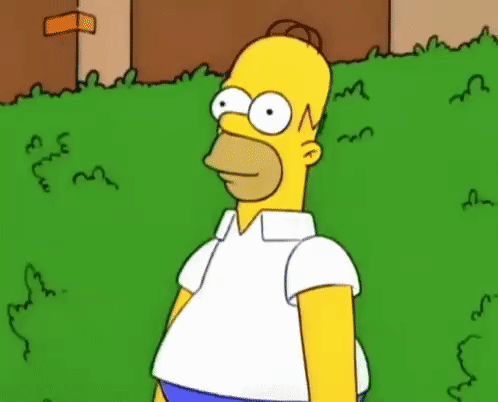

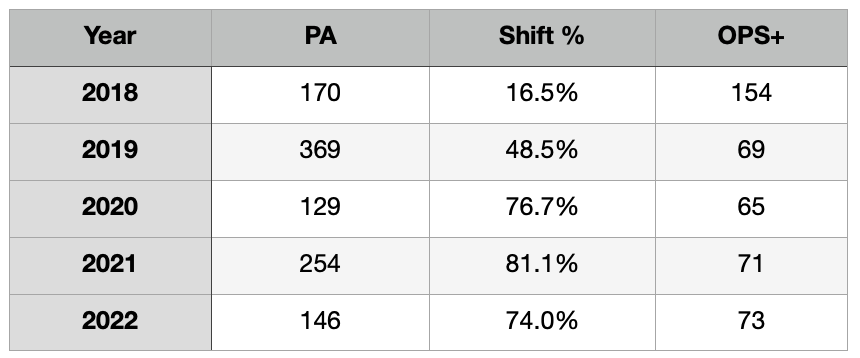
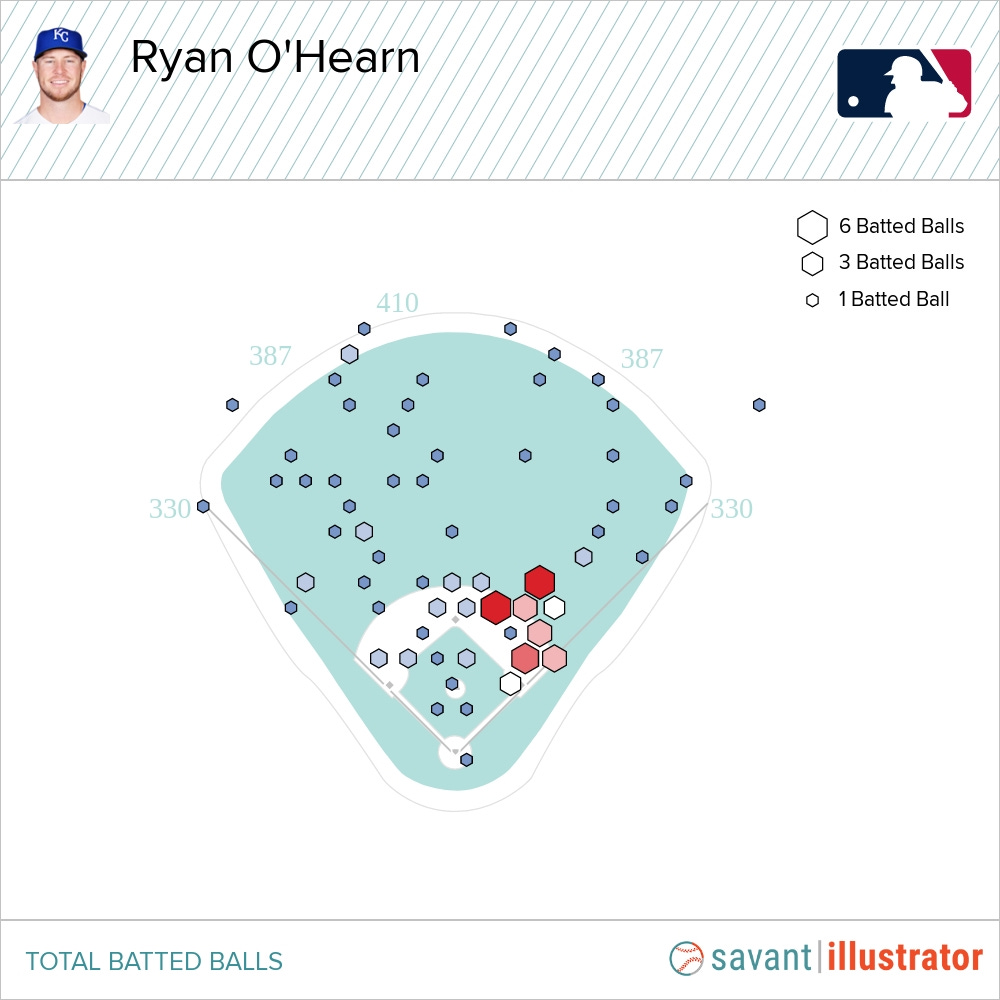
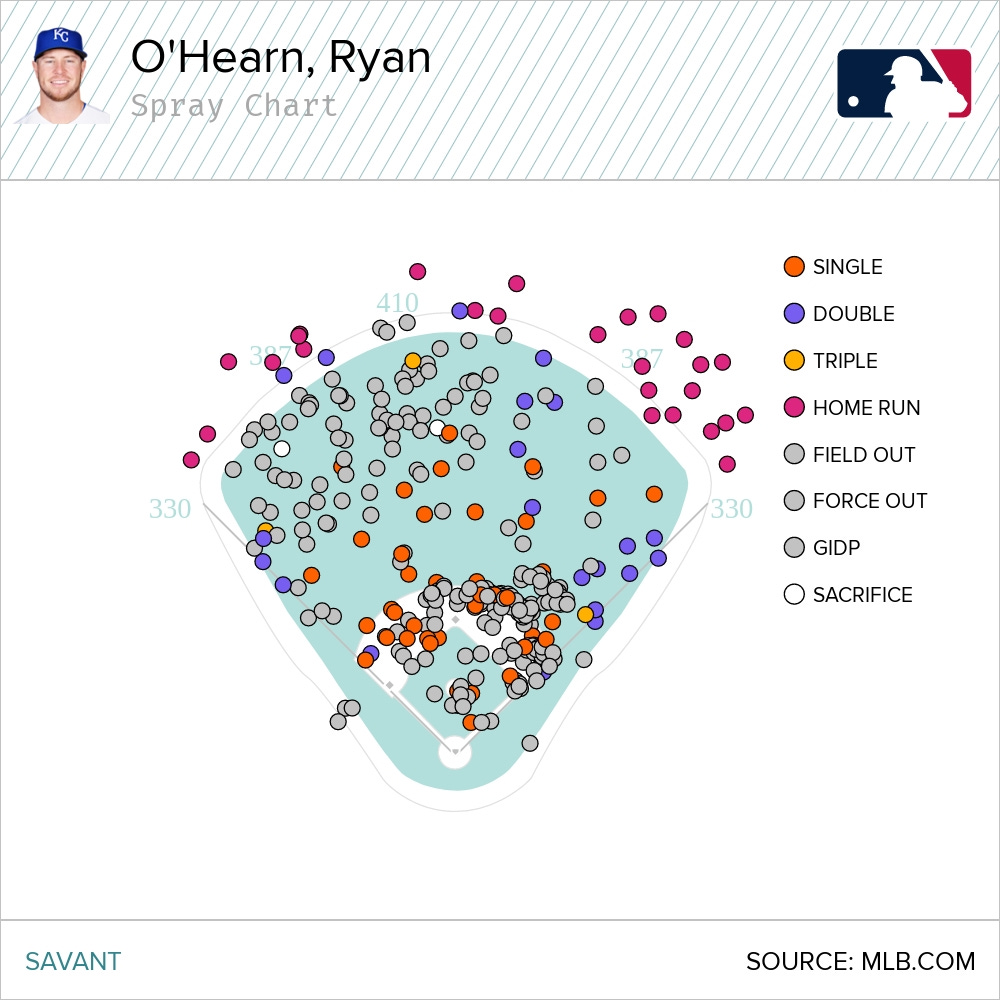
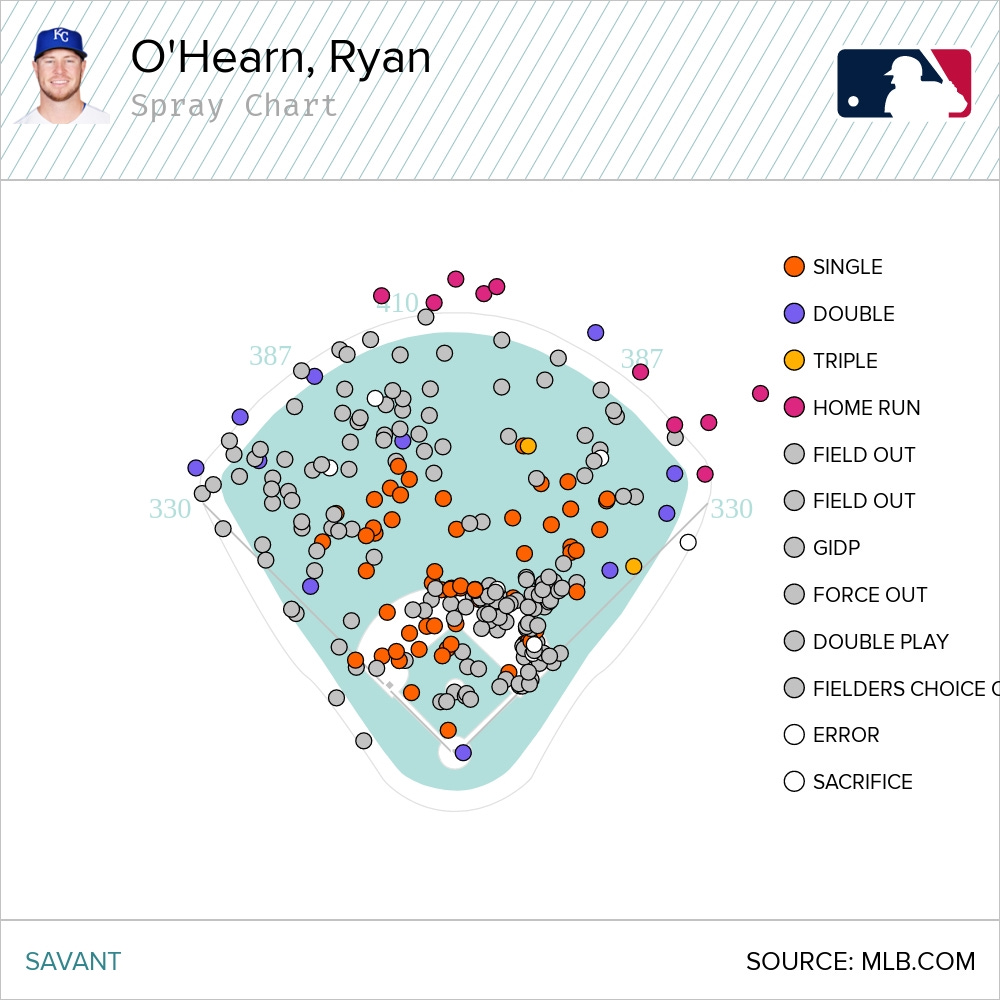




Not a fan of the move, but I guess it does give them more flexibility for deals with the log jam of corner infield / outfield types? Like, if the Royals are thinking about moving one of Vinnie / Pratto / Melendez?
I guess it's just inventory. But the problem is that they probably could have signed him to a minor league deal or found an equivalent type of hitter readily available on the market.
If they choose to do this weeks ago - and I have to assume it wasn't a last min decision - they were waiting on the stadium announcement to hide this contract? So we have had some great news in the last few weeks and this sour note. Not excited but it could have been worse